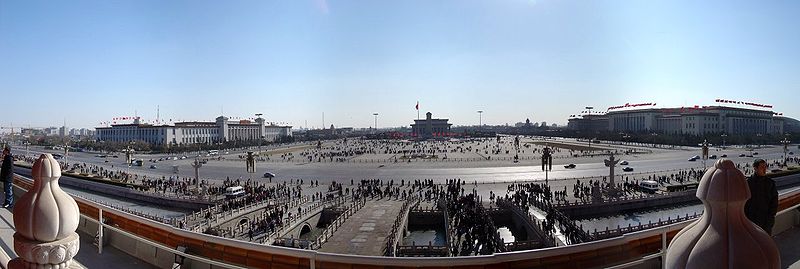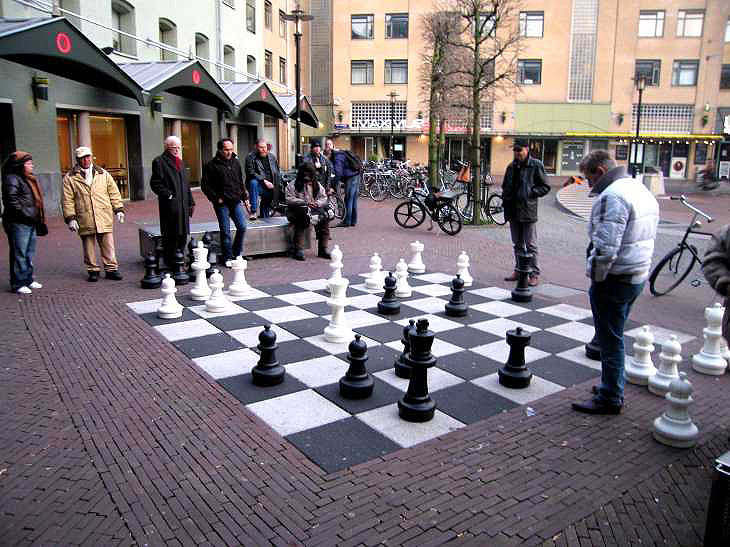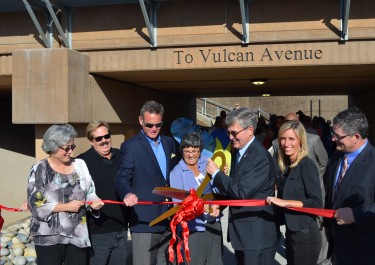May 14, 2015
Public parks, spaces and architecture can stir up powerful emotion
Perhaps it’s something most people already know intuitively–your immediate surroundings have a direct impact on your emotions–but a recent research project attempted to prove the point.
The project, headed by Dr. Ralf Brand of the University of Manchester and funded by the Economic and Social Research Council (ESRC), took a look at urban environments in four cities and found that “tensions between different social groups (ethnic, religious or political in nature) can have a significant impact on the urban landscape, and vice versa.”
Of course, the researchers clarify, “This does not mean that urban environments cause, or prevent, these political positions. But some architectural and urban design features were identified that at least played a part in raising community tensions as well as those that reduced divisions.”
Take a moment to think of some of the world’s most politically charged public spaces like Tiananmen Square in Beijing or, more recently, Green Square (recently renamed Martyrs’ Square) in Libya.

It doesn’t take a stretch of imagination to figure out why large public squares filled with political imagery, history and meaning can stir up powerful emotions in people.
On the converse, think of whimsical public spaces, like, as the researchers pointed out, a large outdoor chess board located in the heart of Amsterdam. It’s hard to imagine a riot or much more than a friendly argument over a lost chess match breaking out in this type of public space.

“I’m not saying giant chessboards everywhere are the solution for reducing tensions in communities,” Brand said, “but they illustrate the type of initiative we should be thinking about.”
Good urban design, which, of course, includes thoughtful, impactful landscape architecture, is too often overlooked. According to Dr. Brand, “A better built environment will not in itself make problems disappear, but it should be part of community action plans.”
Brand’s findings compliment other research studies (some of which we’ve already blogged about) that illustrate the healing properties of environment and landscaping.

